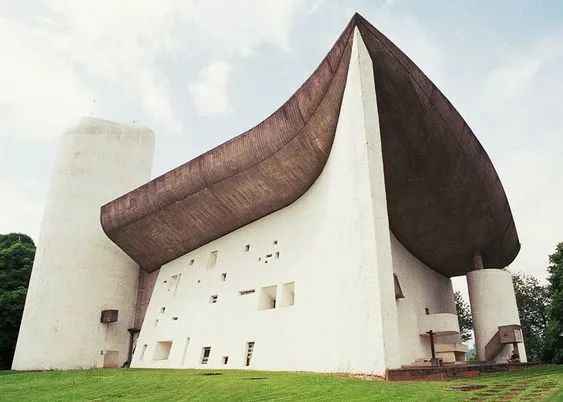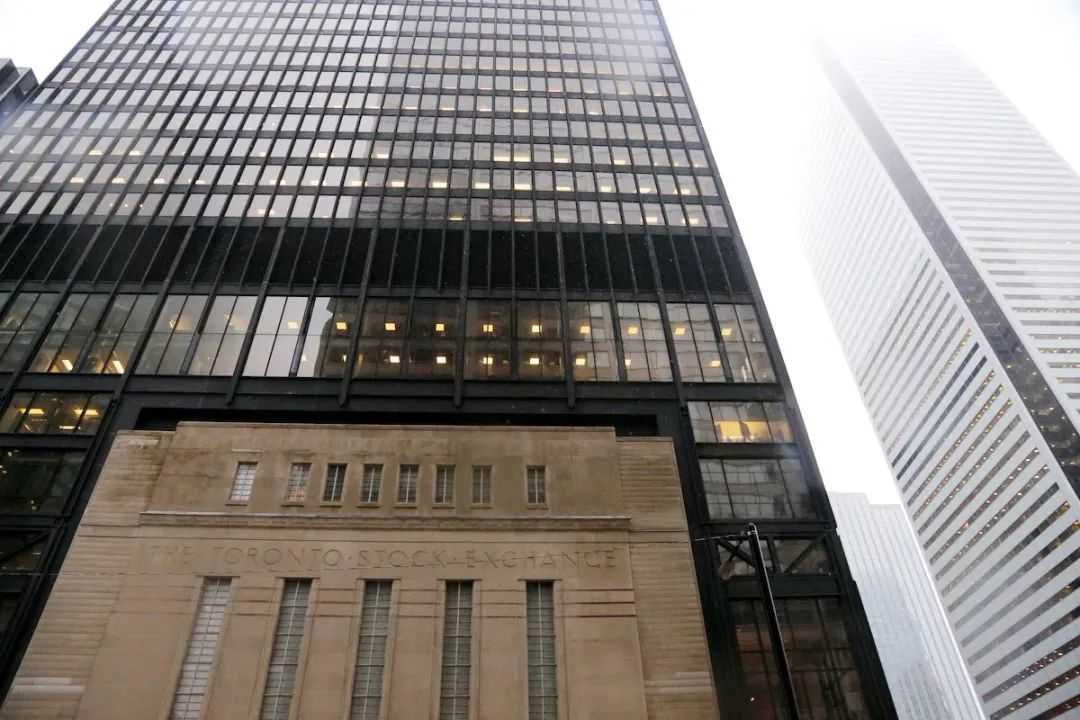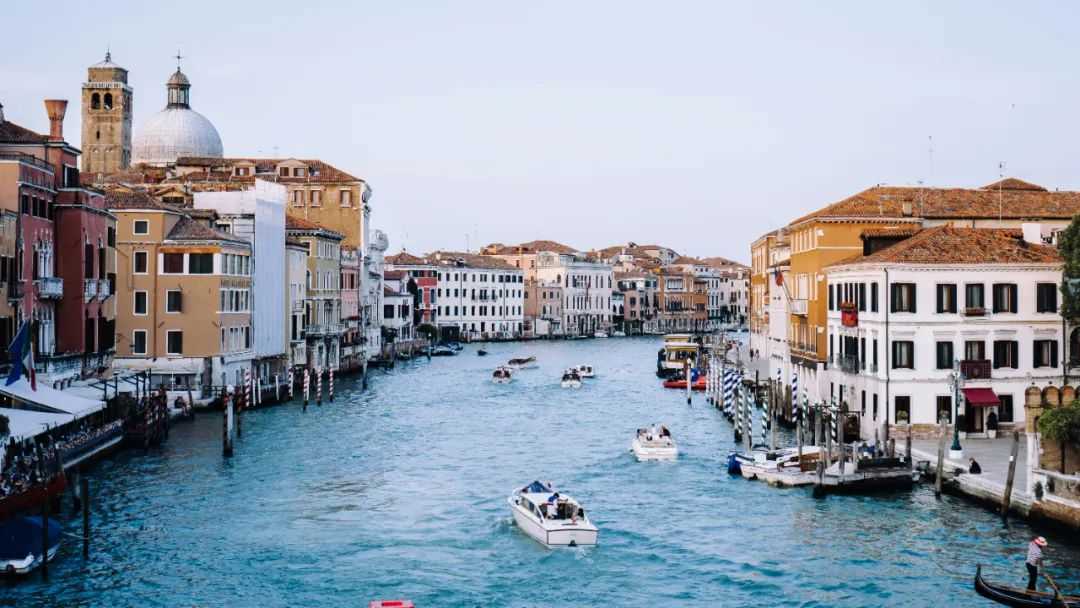Perched atop the Colline de Bourlémont in France’s Vosges Mountains, the Chapel of Notre-Dame du Haut de Ronchamp stands as one of Le Corbusier’s most revolutionary works. Completed in 1955, this Catholic church redefined the possibilities of religious architecture through its radical design language, enduring as a pinnacle of modernist innovation.
Commissioned to rebuild a chapel destroyed in World War II, Le Corbusier eschewed traditional Gothic spires and symmetry, instead crafting an organic, sculptural form with brutalist concrete. The roof, resembling a crab shell or clasped hands in prayer, floats above the walls on 16 hidden concrete pillars, creating a 10cm gap that allows light to filter in ethereally. This structural marvel not only echoes the site’s natural contours but also infuses the space with divine ambiance—sunlight pierces through asymmetrical wedge-shaped openings and stained glass on the south wall, casting jewel-toned patterns across the whitewashed interior, evoking metaphors of “heavenly illumination”.
The chapel’s layout is equally groundbreaking: curved, asymmetrical walls enclose three semi-private chapels crowned by towers symbolizing maternal protection. The east facade features an open-air pulpit capable of accommodating 10,000 pilgrims, acoustically designed to carry the priest’s voice naturally across the square. Le Corbusier envisioned the building as an “acoustic device in the realm of form,” blending historical memory (using stones from the demolished 1944 chapel) with modernist materiality through its texture and curvature.
Inscribed as a UNESCO World Heritage Site in 2016, Notre-Dame du Haut’s significance lies not only in its architectural daring but in Le Corbusier’s profound interpretation of “genius loci.” As he wrote in The Ronchamp Book, “I wanted to create a place of silence, prayer, peace, and inner joy.” Today, drawing 80,000 visitors annually, the chapel undergoes restoration (initiated in 2022) to preserve its stained glass and structural nuances, ensuring this “frozen poem” continues to inspire future generations.








